Archives
- 2025-12
- 2025-11
- 2025-10
- 2025-09
- 2025-03
- 2025-02
- 2025-01
- 2024-12
- 2024-11
- 2024-10
- 2024-09
- 2024-08
- 2024-07
- 2024-06
- 2024-05
- 2024-04
- 2024-03
- 2024-02
- 2024-01
- 2023-12
- 2023-11
- 2023-10
- 2023-09
- 2023-08
- 2023-07
- 2023-06
- 2023-05
- 2023-04
- 2023-03
- 2023-02
- 2023-01
- 2022-12
- 2022-11
- 2022-10
- 2022-09
- 2022-08
- 2022-07
- 2022-06
- 2022-05
- 2022-04
- 2022-03
- 2022-02
- 2022-01
- 2021-12
- 2021-11
- 2021-10
- 2021-09
- 2021-08
- 2021-07
- 2021-06
- 2021-05
- 2021-04
- 2021-03
- 2021-02
- 2021-01
- 2020-12
- 2020-11
- 2020-10
- 2020-09
- 2020-08
- 2020-07
- 2020-06
- 2020-05
- 2020-04
- 2020-03
- 2020-02
- 2020-01
- 2019-12
- 2019-11
- 2019-10
- 2019-09
- 2019-08
- 2019-07
- 2018-07
-
Pursuant to our in vitro data that
2019-09-17
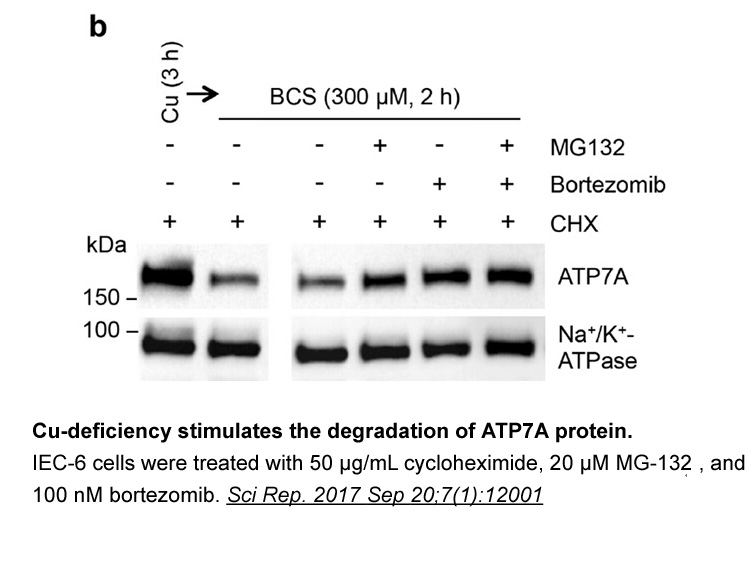
Pursuant to our in vitro data that neutrophilic elastase activated the elastase-dependent oncolytic virus, we initially hypothesized that tumor-infiltrating neutrophils could be the source for elastase in tumor tissue. However, we did not detect neutrophils in the PANC-1 tumor tissue where we observ
-
However a two receptor model presents a mystery
2019-09-17
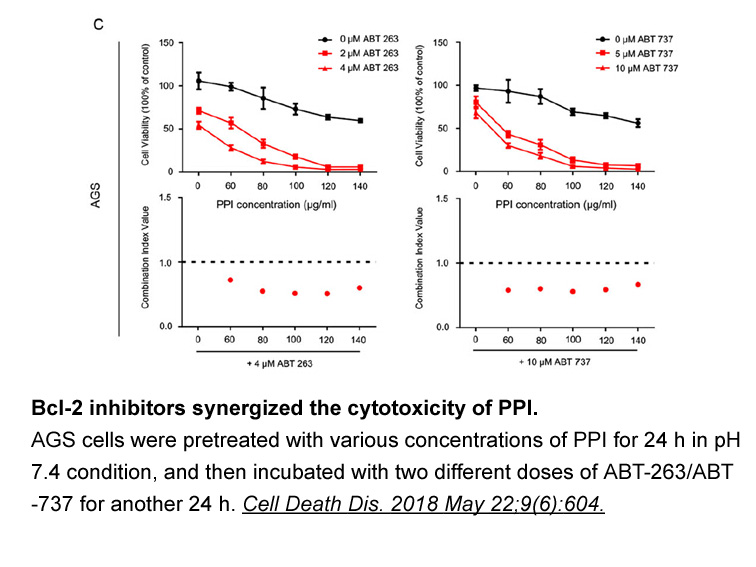
However, a two-receptor model presents a mystery of how MBns know whether they are receiving an acquisition or forgetting signal from the PPL1 DAns. The most attractive explanation for this is that the two receptors might have different signaling properties and mobilize distinct signaling cascades.
-
Films treated with Diaz ES VWFIIINle but not exposed
2019-09-17

Films treated with Diaz-ES-VWFIIINle but not exposed to UV light supported only slight platelet deposition, suggesting that passively-bound peptides were removed under shear. However, treatment with Diaz-ES-VWFIIINle and UV restored platelet surface coverage to about 50% of the level on native colla
-
br Cyclin dependent kinases control more than
2019-09-17
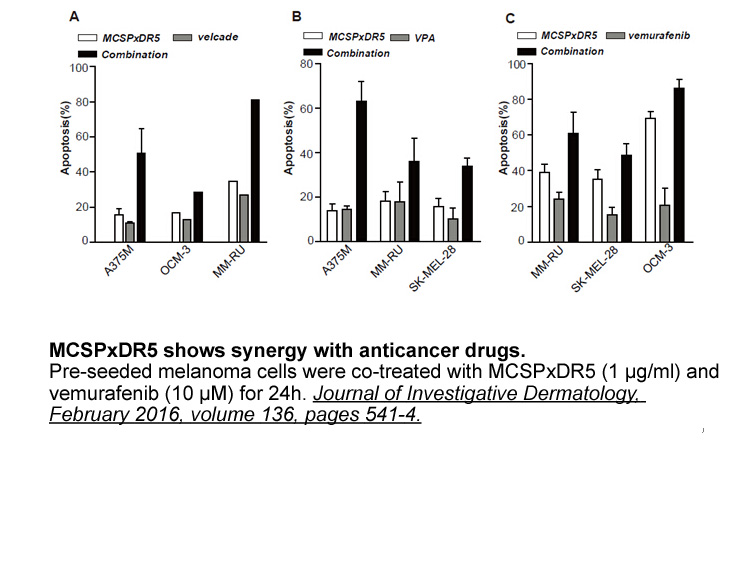
Cyclin-dependent kinases control more than cell cycle CDKs’ roles conducting the concert of ESI-09 was first revealed in the context of the tumor suppressor Rb, phosphorylation of which by CDK4 or CDK6 inactivates it loosing the transcription factor E2F [1], [12], [15]. Discovery of other cyclin/
-
The best preserved individuals were selected
2019-09-17
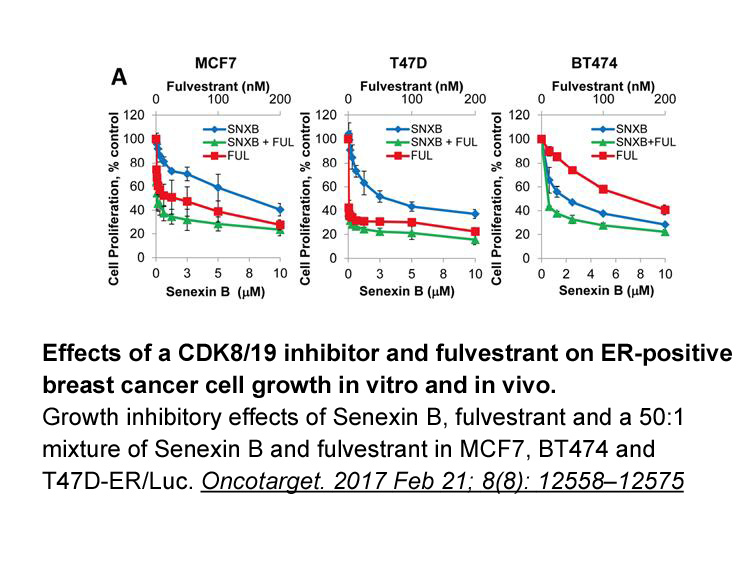
The best preserved individuals were selected for isotope analysis of diet (Table 2). These represent 21 individuals including four subadults: two young children aged between 1.5 and 2.5 years old, one child between 7 and 11 years old and one adolescent (12–16 years old), and 17 adults including six
-
Neonatal hydronephrosis induced by TCDD exposure via
2019-09-16
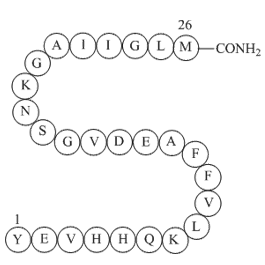
Neonatal hydronephrosis induced by TCDD exposure via lactation has a critical window for onset: the incidence of this disease peaks around PNDs 1–4, followed by a rapid decrease to a substantially null level in adulthood (Couture-Haws et al., 1991; Yoshioka et al., 2016). The EP1 protein was localiz
-
It is worth mentioning that
2019-09-16
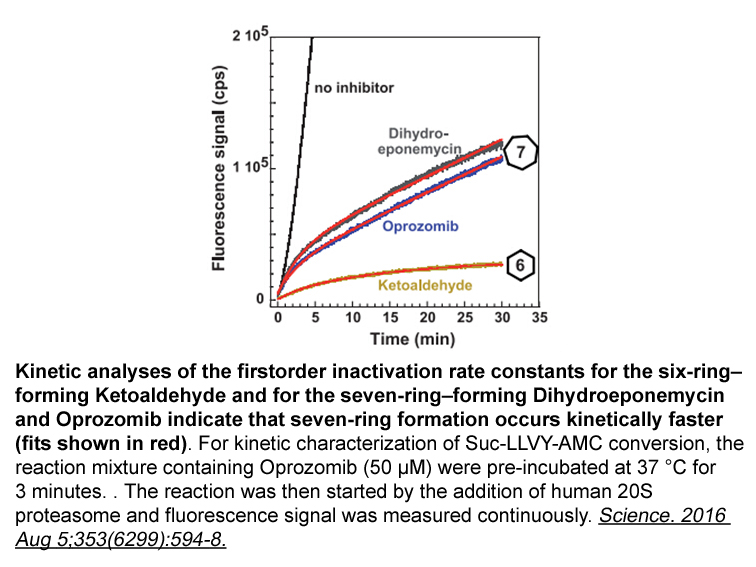
It is worth mentioning that, in this study we only observed the responses of CYP450 to the short-term exposure of DSP toxins (12 h). However, the toxic effects of DSP toxins to bivalves appeared to abate with longer exposure (Pinto-Silva et al., 2005; Flórez-Barrós et al., 2011; Prego-Faraldo et al.
-
insulin receptor inhibitor A number of chemical strategies h
2019-09-12
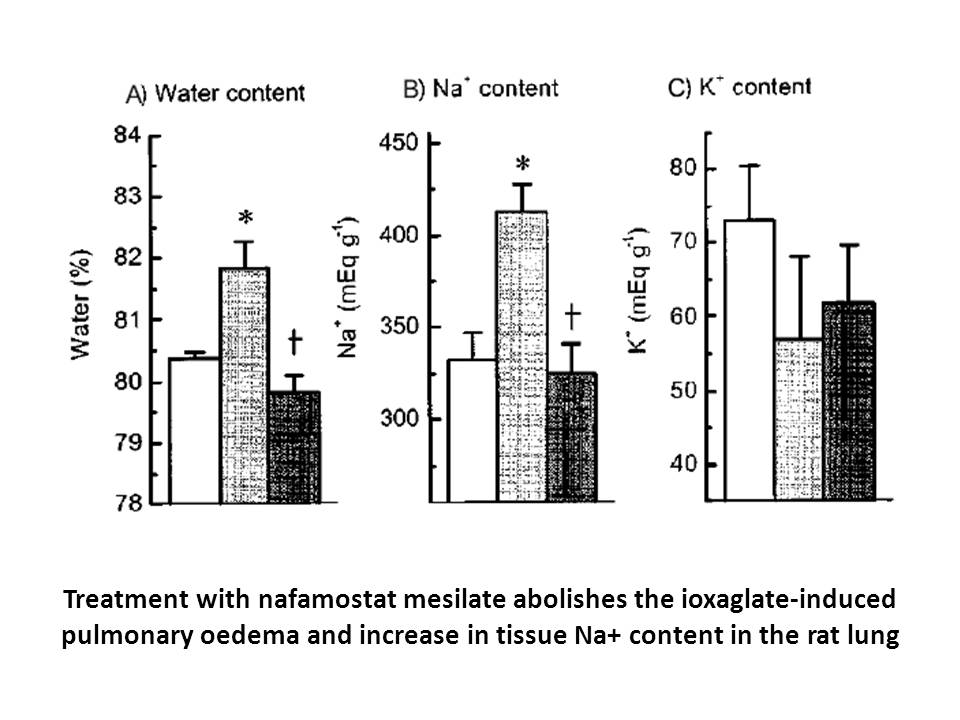
A number of chemical strategies have been developed to design activatable optical imaging probes and have been summarized in several excellent reviews 11., 12., 13., 14., 15.. Fluorogenic enzyme substrates are one of the most explored activatable probe types for enzyme detection. These probes contai
-
Although PKC in cancer cells is known
2019-09-12
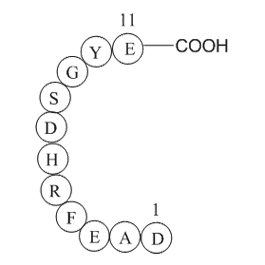
Although PKCδ in cancer sr9011 is known to promote antiapoptotic signaling, a cleaved form of PKCδ, δCF, has been reported to play a contrasting role in enhancing apoptosis (Reyland, 2007), and these complex functions appear to be cell-type dependent (Basu and Pal, 2010). In NSCLC, full-length PKCδ
-
This pre GC B cell differentiation
2019-09-12

This pre-GC B cell differentiation deficiency caused by RD2 loss of function was explained at least in part by the finding that the BCL6 RD2 domain is required to repress expression of the key migration factors GRP183 and S1PR1. Downregulation of GRP183 is critically important for B cell migration i
-
Introduction Infection of cells by microorganisms activates
2019-09-12
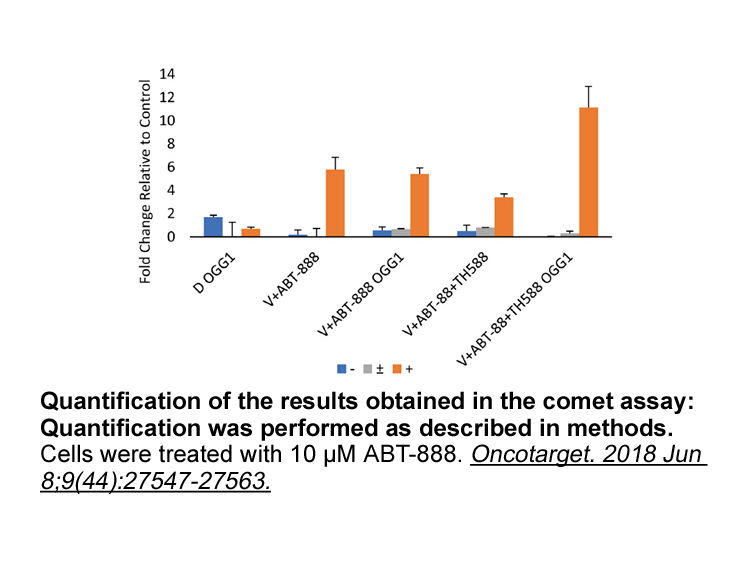
Introduction Infection of 1-NM-PP1 by microorganisms activates the inflammatory response. The initial sensing of infection is mediated by innate pattern recognition receptors (PRRs)including Toll-like receptors(TLRs) (Kawai and Akira, 2010; O’Neill et al., 2013).Toll-like receptor 4 (TLR4) is one
-
br Conclusion br Conflict of interest br
2019-09-12

Conclusion Conflict of interest Introduction The sexual exploitation and internal trafficking of British children within the UK has received growing public and policy attention in recent years. This has largely been in response to a number of high profile police investigations into cases in
-
br Acknowledgements We thank Jeffrey D Konowalchuk and John
2019-09-12

Acknowledgements We thank Jeffrey D. Konowalchuk and John Sony Robbins for their technical assistance. This work was supported by Natural Sciences and Engineering Research Council of Canada (NSERC) grants to DRB (RGPIN-2013-355303) and MB (RGPIN-2014-96395). AMR was supported by NSERC Vanier Doct
-
Recently we have observed that
2019-09-12
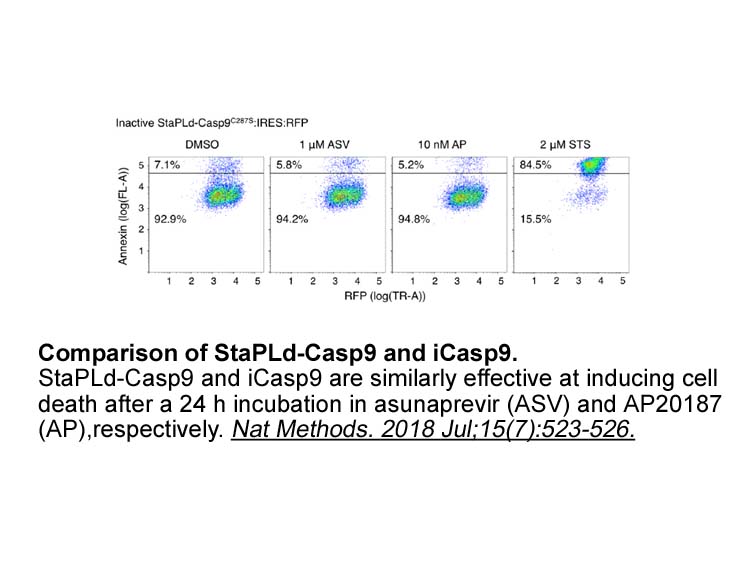
Recently, we have observed that pharmacological PPARα and PPARβ/δ activation regulates the expression of genes involved in FA metabolism such as FAT/CD36, CPT1, LCAD and MCAD in Sertoli cells. We have also observed that PPARβ/δ activation can simultaneously regulate the expression of the above-menti
-
The aim of this study was to use molecular
2019-09-12
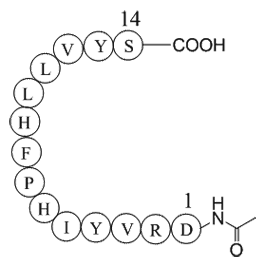
The aim of this study was to use molecular methods to characterise C. difficile isolates circulating in the Czech Republic from 2013 to 2015. Material and methods Discussion During a three-year period (2013–2015) a total of 32 hospitals voluntarily participated in this project, but only 11 ho
14974 records 976/999 page Previous Next First page 上5页 976977978979980 下5页 Last page